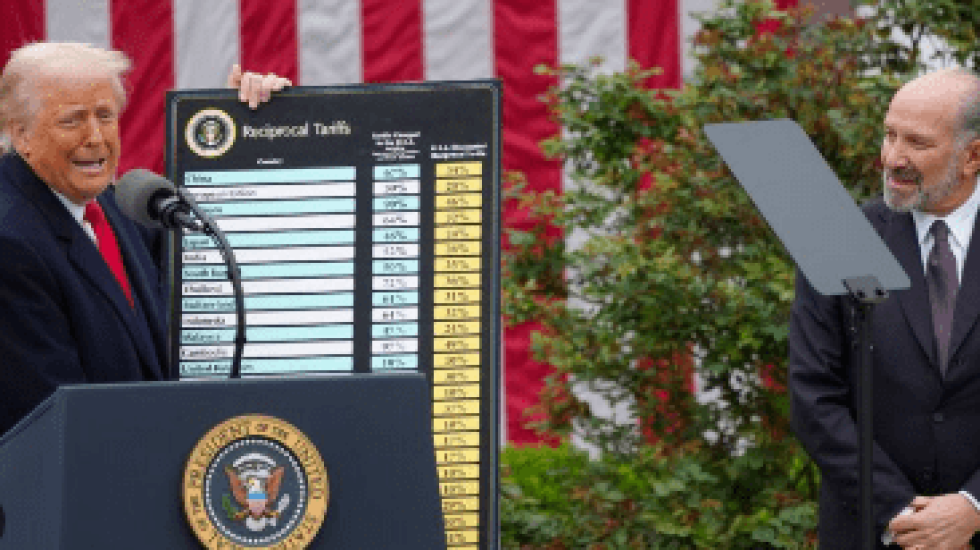Announced on Liberation Day the Trump Administration ‘American First’ Trade Policy has intensified with the highly anticipated imposition of broad-based country specific reciprocal tariffs, including a 10% tariff on Australian originating imports into the United States (US).
They apply from 5 April 2025. However, certain countries listed on Annex I to the Executive Order will be subject to higher additional tariff rates of between 11% to 50% from 9 April 2025.
This update underscores the importance of reviewing your supply chain and import practices to ensure compliance and identify opportunities for mitigation.
The good news for Austraila
This will not apply to goods in transit (e.g. have been loaded onto a container ship) before the operative dates of the additional tariffs even if they arrive in the US after this date.
This does not apply to articles subject to additional duties under previous Executive Orders in particular:
For Australia, this includes articles and derivatives of steel and aluminium imported from all countries which are subject to 25% tariffs from 12 March 2025
For Australian low value imported goods that currently qualify for duty-free treatment under the de minimis rules (i.e. goods valued under US$800) but excluding low value goods from China as outlined below further.
Things to keep an eye on from Australia after Liberation Day
For Low Value goods under US 800 from China or Hong Kong which are either subject to 20% tariffs if they are imported as cargo into the US or 30% tariffs if they arrive via the postal system from 2 May 2025. This may effect some Australian companies that send goods directly to the USA from manufacturers.
Currently, Australia will not impose retaliatory tariffs on US imports, so businesses which source from the US will not experience a direct impact.
It is possible that other countries will respond differently, and Australia may benefit from retaliatory tariffs applied to US exports in certain markets like the EU.
This action appears to conflict with the Australia–United States Free Trade Agreement (AUSFTA), which has facilitated largely tariff-free trade between the two nations since 2005. The situation remains dynamic, and ongoing assessments are necessary to fully understand the long-term implications of these tariffs on the Australian economy and the AUSFTA.
In Summary
Tariff changes of this scale will inevitably prompt businesses to review their international trade activities and frameworks to fully understand how these measures will affect their supply chain and any production processes.
They’ll need to consider any added compliance and manufacturing costs and identify effective strategies and tactics to mitigate those impacts on their products and their pricing structures.
While the Australian government has indicated it will not impose retaliatory tariffs, it is exploring diplomatic avenues to address the issue.
Further details can be found here:
Contact Us for further insights here.

